
In a bid to ascertain the best safari destination in Africa, the question of “Is safari better in South Africa or Kenya?” has always engaged wildlife enthusiasts, travellers, and nature experts.
Meanwhile, safari is the Swahili word for journey. It was originally used to describe the act of rummaging and hunting in the wild. The word has since been refined to mean a thrilling adventure where wildlife is watched in its natural habitat, photographed, and videotaped for a wider audience.
There is indeed no straight jacket answer to “Which is better for safari between Kenya and South Africa?” This is because the two countries offer spectacular safari experiences, each with exceptional advantages.
This article therefore intends to clear the fog enabling you to discover the country that offers superior safari experience in Africa.
Wildlife in South Africa vs. Kenya: Which Offers a Better Safari?
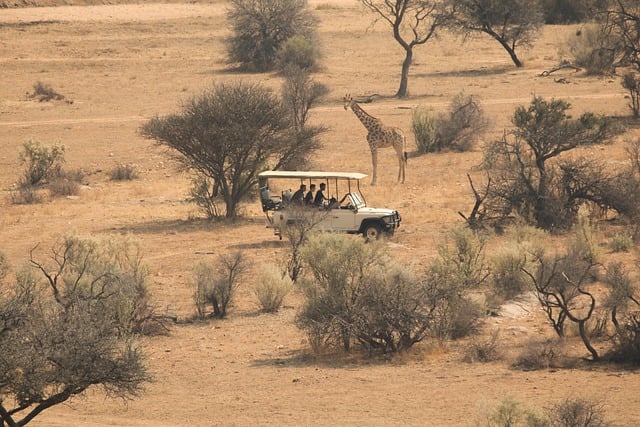

While both destinations harbour the “Big Five” (lions, leopards, elephants, buffalos, and rhinos), these iconic animals are more prevalent in South Africa. Here the traveler can enjoy a viewing experience that trumps what Kenya has to offer in this regard.
What’s more? South Africa has the Kruger National Park reputed for being an extremely family-friendly safari. Geographically, South Africa covers a vast area that exposes adventurers to breathtaking sunsets, lush forests, and expansive savannahs with a stunning array of landscapes.
South Africa welcomes over 10 million visitors annually due in part to other economic activities booming in the Rainbow Nation. The more safari-focused Kenya hosts two(2) million visitors every year, with almost all taking part in a safari as part of their visit.
These visitors will find it hard to resist the greatest wildlife ‘travelling roadshow’ on earth. Known as the Great Annual Migration, this sight to behold sees 1.5 million wildebeest, 400,000 zebra, 12,000 eland and 300,000 Grant’s and Thomson’s gazelles trekking from southern Serengeti to the Masai Mara.
At the outset of the rainy season in Kenya, the lemming-like herds trek 800 kilometres clockwise in a circle between Tanzania’s Serengeti and Kenya’s Maasai Mara searching for pasture that is greener on the other side. It packs lots of action as the herd is preyed on by predators always on their marks for the best time to hunt.
Beyond the threat posed by the big cats, these large mammals also grapple with over 3,000 crocodiles lurking in the murky waters of the Mara River during their inevitable river crossing. Getting to watch the animals’ deft display of survival instincts and game drive are key considerations in choosing between the Kenya and the South Africa safari.
Safari Parks: Are South Africa’s and Kenya’s Parks Better?
South Africa boasts of the Kruger National Park which is one of the largest game reserves on the continent. In addition to the Big Five, this crown jewel of safaris is home to a rich variety of birds, reptiles, and smaller mammals.
The Kgalagadi Trans Frontier Park, known for its black-maned lions, and the Addo Elephant National Park, which focuses on elephant conservation, are other parks that offer unique experiences to wildlife enthusiasts in South Africa. There is also the blending of marine and terrestrial wildlife experiences in Hluhluwe-iMfolozi and iSimangaliso Wetland Park. Here, you can get to see animals like whales, sharks, and dolphins alongside traditional safari species.
The best safari destinations in Kenya, on the other hand, are the Maasai Mara and the Amboseli. While the former is reputed as one of the best places to spot Africa’s big cats, the latter is home to some of the world’s largest herds of elephants.
Two thrilling experiences await the traveler in Kenyan parks:
- Hot air balloon: This glides visitors over the Maasai Mara. The balloon flies silently as the sun rises above herds of wildebeest, elephants, and giraffes, offering a bird’s-eye view of the sprawling savannah below.
- Walking Safaris exposes tourists to the sheer majesty of the African wilderness in a more personal and intimate manner, discovering levels of savannah details that can easily be overlooked in a vehicle.
Meanwhile, on the outskirts of major parks in Kenya are community conservancies. These offer visitors a more immersive experience in the form of night drives, bush walks, and cultural visits to Maasai villages for interaction with Samburu warriors. Meanwhile, the classic Savannah landscape of Kenyan parks greatly makes them attractive.
Best time to Safari in South Africa or Kenya
Timing is a critical factor when embarking on a Safari trip. While most safari areas are at their driest between June and September, it gets cheaper during spring, providing lush landscapes that photographers find irresistible.
In Kenya for instance, there is no better time to visit the Masai Mara than between July and October when the tourist can catch the ‘Great Migration‘ while flying above the African plains in a hot air balloon. When extended to late June, the tourist would find the dry season as the best wildlife-viewing moment in Kenya.
The dry season is an ideal travel time to Kenya as a safari destination because that is when wildlife congregates around water sources. The survival of the fittest activities that this gathering throws up makes game viewing easier and more pleasurable.
In South Africa, May to September will be the best time to visit since that is the dry season when wildlife congregates around waterholes and rivers. If the traveler is a keen birder, then October to April will be ideal since that is when migratory birds arrive, delivering melodies songs from the lush bush.
If your preferred safari park is in Cape Town and Winelands areas, September/October through to April will be the best time to be in the country. That is when the tourist can enjoy the Garden Route with accompanying warm weather and a good temperature for enjoying the beautiful scenery.
As for Madikwe and the Kruger areas (Timbavati and Sabi Sands areas), the end of April through to October is visit-friendly. That is the season wildlife is much easier to spot due to the bush dying back and animals gathering around the watering holes.
Luxury and Comfort: Are Safari Lodges Better in South Africa or Kenya?

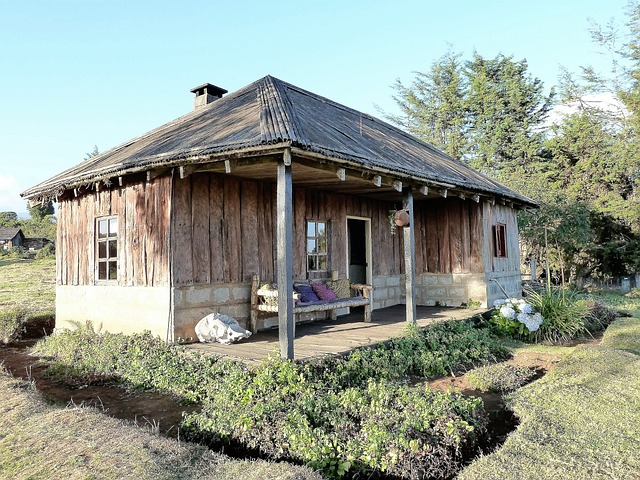
Safari accommodations (lodges and camps) in Kenya harmoniously combine with the natural setting providing guests with a comfortable and opulent retreat. Most of these are stretched canvases offering spacious suites.
Examples are the Elephant Bedroom Camp and Saruni Samburu which have private verandas or decks with breathtaking views of the plains or watering holes.
Also in Kenya, there are mobile camps, which move with the migration, offering a unique but rustic experience for those following the Great Migration.
Recommended: Things to Avoid in Kenya: Essential Tips for Tourists and Visitors
The safari accommodations you will find in South Africa are architecturally stunning. They combine contemporary design with traditional African elements. In facilities like the Singita Sweni Lodge and Indlovu River Lodge, there are lavish suites. These come with private plunge pools and exclusive-use villas that guarantee a very secluded and intimate experience.
There are other luxurious amenities in South African lodges. These include gourmet dining and personalized game drives. Travelers are treated to meals, drinks, and even spa treatments in their packages. South Africa’s national parks provide a range of accommodations from basic campsites to self-catering chalets and more budget-friendly lodges.
On the other hand, Kenya offers easy access to incredible beaches which are superb relaxation spots after touring the safari under inclement weather. The Kenyan coast, like Mombasa and Zanzibar, are fantastic places to chill out.
Kenya vs South Africa safari: which is more pocket-friendly?
When it comes to costing, the biggest difference is the currency the Safari expenses are priced in and how that is trading against the currency of the traveler. Kenya charges in USD whereas South Africa is priced in the country’s Rand.
- A significant difference between what is obtained in both countries is the park or conservancy fees. In Kenya, these are generally over $100 per person per day, apart from other incurable expenses. The fees tend to be less in South Africa meaning that the cheaper rate can influence your day if on a budget or longer safari stay.
- Kenyan safaris can be more expensive, particularly during the Great Migration season when demand is high. A typical private safari in Kenya starts at $300 per person per day. This includes park entrance fees, full board accommodation, your vehicle, driver’s guide, and any taxes.
The cost of a luxury safari, including accommodation in high-end lodges and charter flights to remote parks, can be steep. However, Kenya also offers mid-range and budget options. The two biggest differences with a budget safari in Kenya are the accommodation choices and safari vehicles. However, the comfort levels of the mid-range and luxury (which can be split into luxury and luxury plus) are dependent on the accommodation and can affect the standard of the safari vehicle too.
The traveller who wants to ride on the hot air balloon in the Kenyan savannah would have to pay at least US$450. It is that pricey because the balloons can only be used for a limited number of hours before they need replacing.
When compared to Kenya, South Africa generally offers more cost-effective safari options. The national parks here offer accommodations ranging from basic campsites to self-catering chalets and more budget-friendly lodges. The variety ensures that there’s something to suit every budget and preference.
There is the self-drive option in Kruger National Park which significantly reduces costs, as does the wide range of accommodation varieties, from affordable rest camps to luxury lodges.
Accessibility: Is it Easier to Safari in South Africa or Kenya


The roads in Kenyan safari are not always great. Getting from point A to point B can be cumbersome. Kenya safaris are more clustered, although they are remote. Accessing them requires charter flights or long drives. This makes it easier for the traveller to access several parks in one go. Kenyan reserves are well-connected via domestic flights and road networks from Nairobi, the capital city.
Kenya’s airports are well-equipped. Airstrips in safari areas receive daily flights. This makes flying between parks a convenient option. The roads leading to major parks in the country are generally well-maintained. Some areas, particularly during the rainy season, can become challenging to navigate. Most Kenyan parks are remote with unpaved roads adding to the feeling of adventure. The visitor gets the sense of actually being caught up in the wild.
The overall experience is therefore more rugged compared to South Africa which has good, tarred roads right up to the parks and within. This obvious difference in the state of infrastructure goes a long way to answering whether safari is better in South Africa or Kenya.
Most major safari areas are easily accessible by road or air from Johannesburg, Cape Town, or Durban. The excellent condition of roads inside South African parks smoothens the experience for children and older travelers, thereby affirming their acclaim as family-friendly safaris.
Additionally, South Africa’s private reserves offer a seamless travel experience with charter flights directly to luxury lodges.
Recommended: How Much is an African Safari Adventure: Cost to Consider
Conclusion
Kenya and South Africa are safari giants with both destinations offering a wide range of unique wildlife experiences in their very own ecosystems and landscapes.
Here is the final comparison in response to the question: “Is safari better in South Africa or Kenya?” While Kenya offers a wilder or rawer experience and has a developing safari industry, South Africa’s is more developed. Family-friendly safaris exist in South Africa with several malaria-free areas for young families or expecting mums.
Nonetheless, safaris in both countries have more than enough to fascinate every visitor. This is what makes them one of the best safari destinations in Africa. It will certainly be a rewarding experience visiting the safaris in both Kenya and South Africa.
Recommended: Top 3 Best-Rated African Safari Countries in 2024
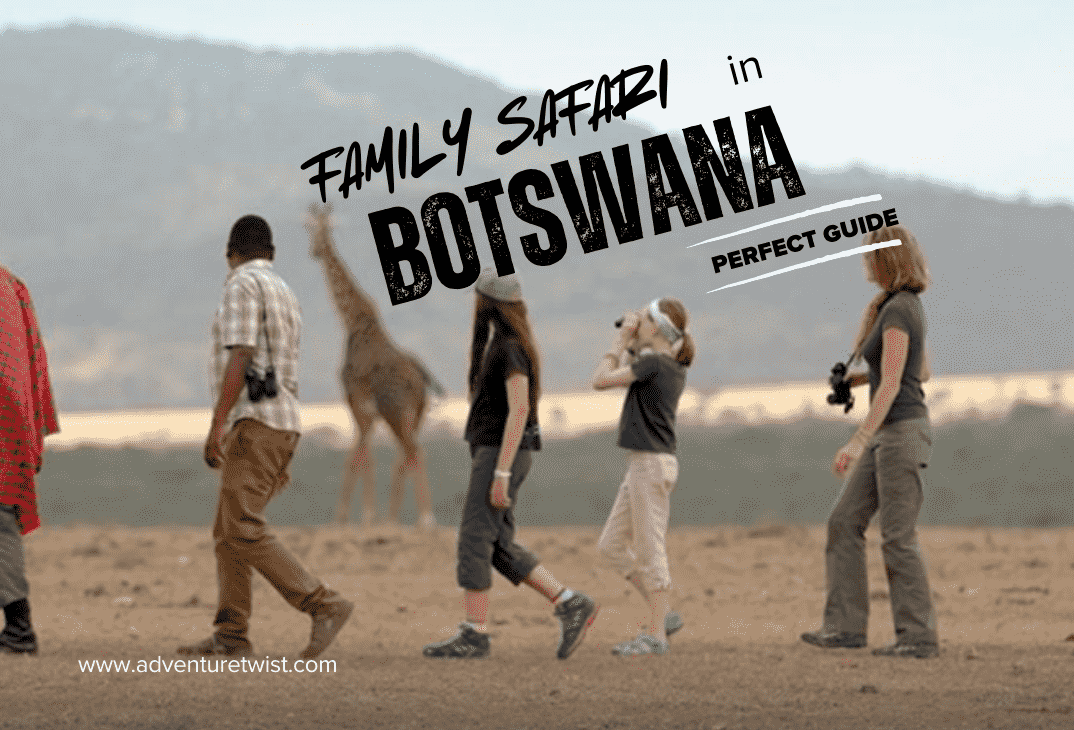
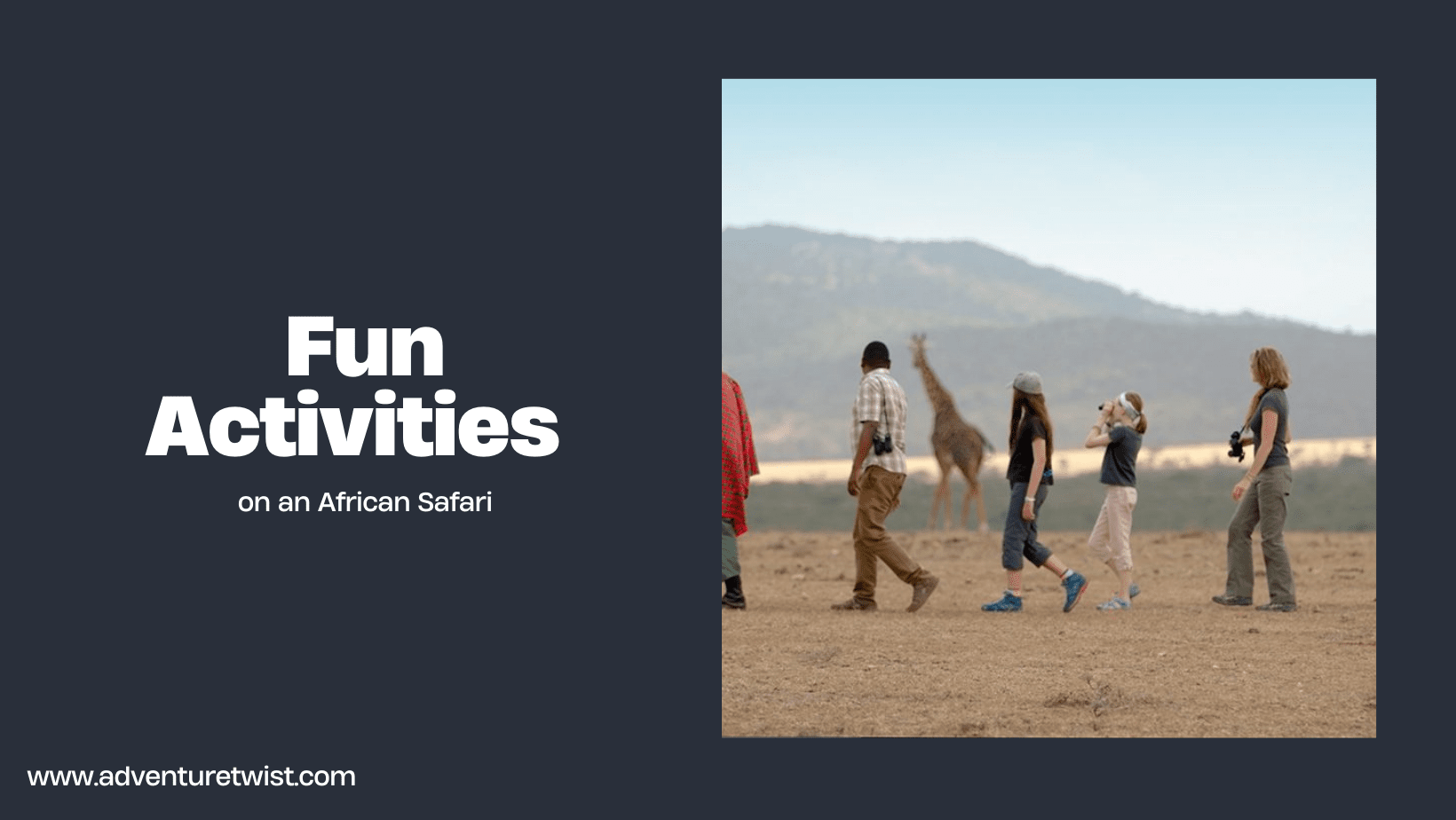
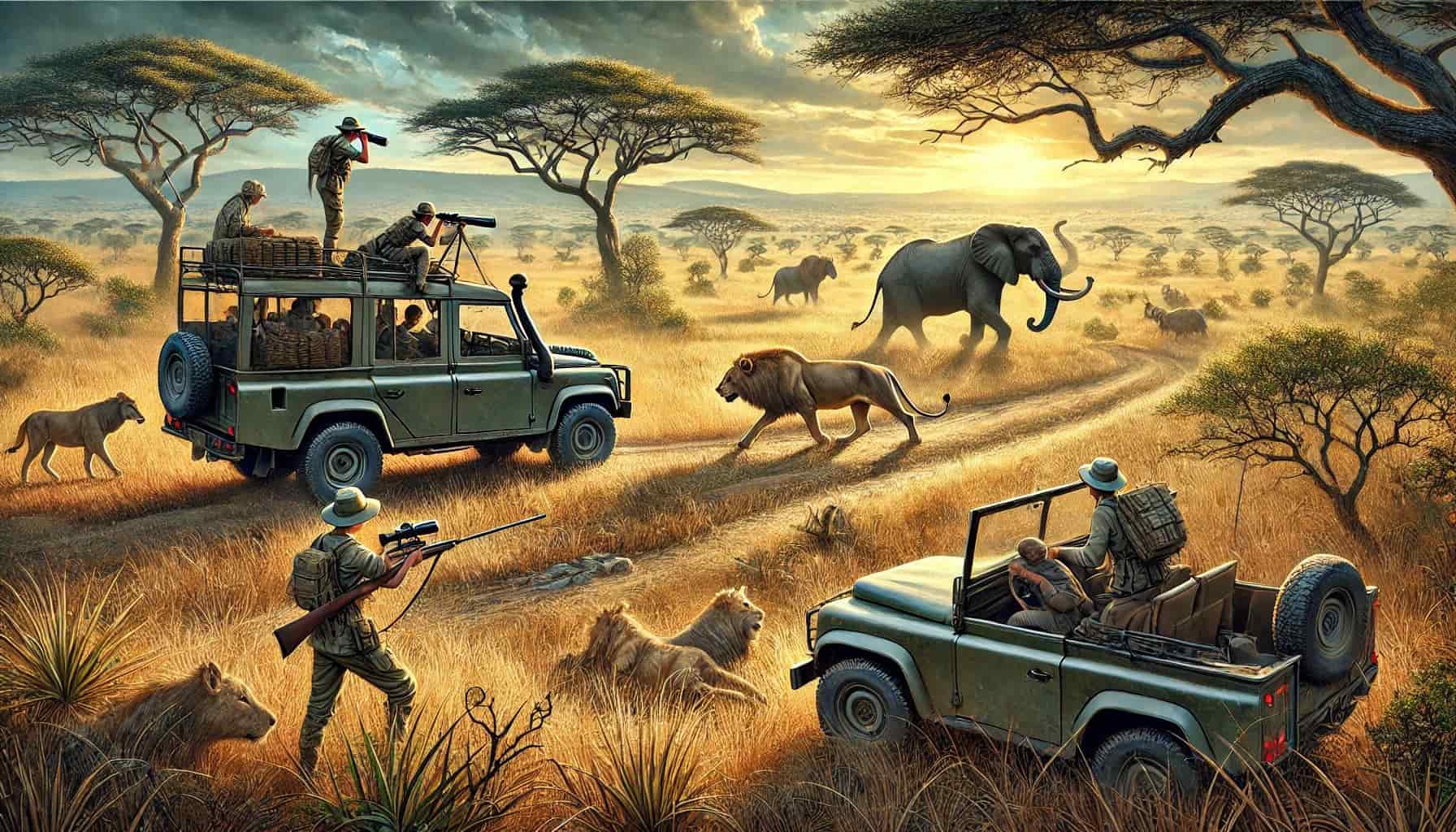
0 Comments